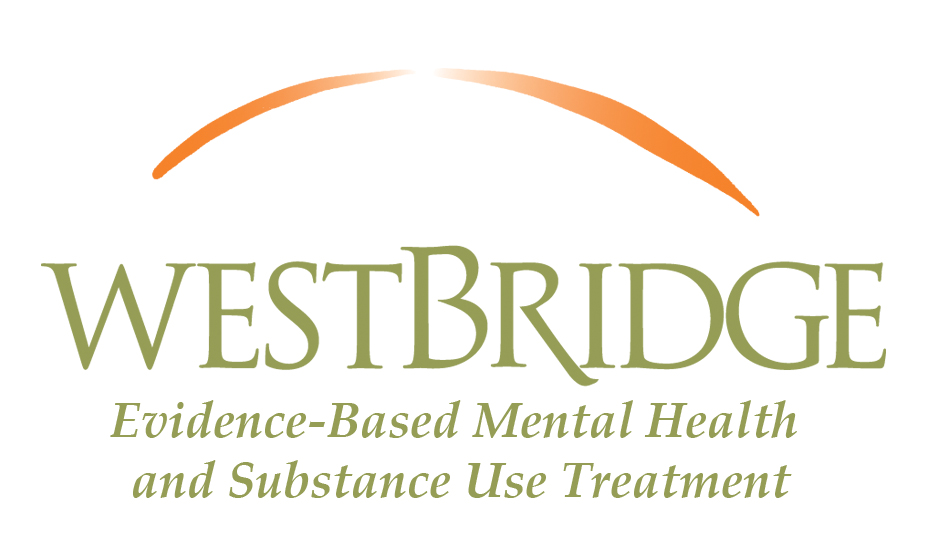Children can experience stress and trauma just as surely as grown-ups can. What makes these situations especially troubling is that children often lack the tools to verbalize their pain; the adults around them may therefore assume that the child is fine or that the trauma is minimal. As a result of this, no intervention is sought—but this can be a critical error: With childhood trauma, early intervention can be integral to preventing long-term mental or emotional damage.
Being aware of any potentially stress-inducing situations your children find themselves in—and remembering that children will not always say anything or even be cogent of the fact that they are experiencing shock or trauma—is an important first step. It is also important to identify the three primary types of intervention that clinicians use:
- Acute intervention, which immediately follows the trauma
- Trauma-specific treatment, which can be either short-term or long-term
- Intensive therapy, which can be done at home or sometimes in a hospital setting
For parents and caregivers, acute intervention may be the most important to grasp. Some ways you can provide immediate aid to a child who has sustained a trauma:
- Assure the child that you are there to offer support, and that he or she is safe
- Help the child return to a typical routine as quickly as possible
- Facilitate open discussion about the traumatic event, but don’t force it—let the child open up on his or her terms
- Talk about constructive responses to the event
- Monitor your child for any unusual behavior, and seek treatment if you have ongoing concerns
By intervening early, you can minimize the effect that this trauma will have on the rest of your child’s life, and potentially prevent lingering emotional or developmental issues.
